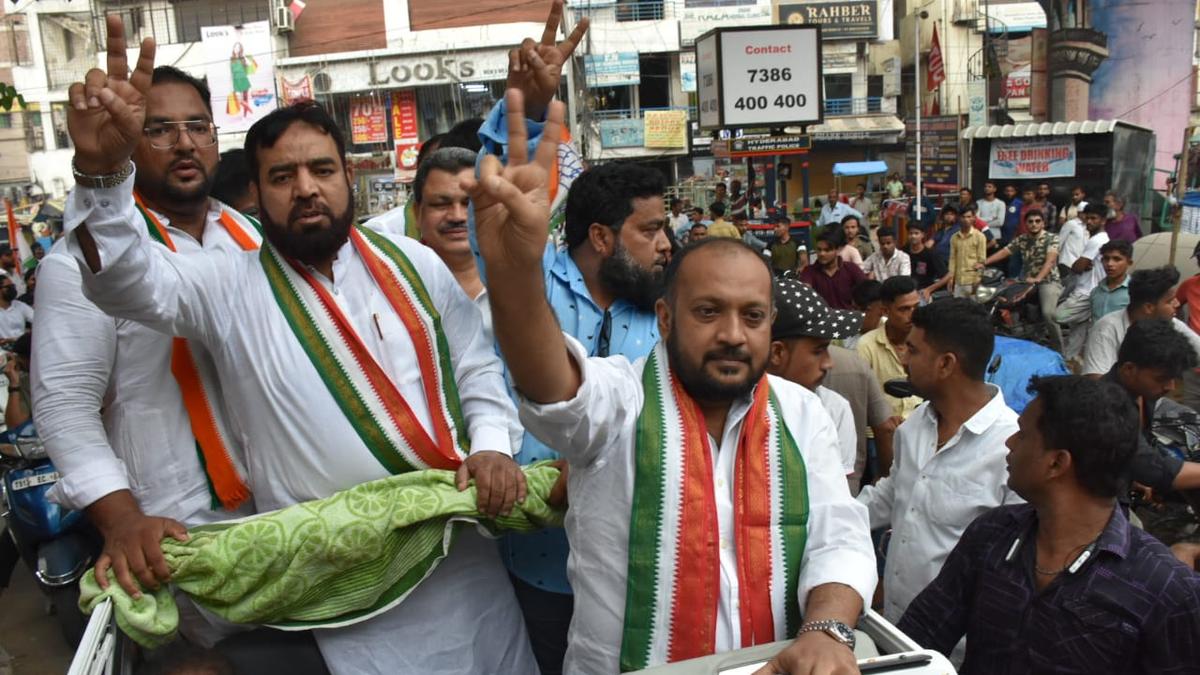The quantity of solar radiation available that can be economically converted by solar panels to electricity is showing an “alarming decreasing trend” in several locations in India, says an analysis by scientists at the India Meteorological Department (IMD) and published this month in the organisation’s in-house scientific journal Mausam.
While increased aerosol load — fine particles from carbon emissions, fossil fuel burning and dust — and clouding are said to be causative factors, installing more efficient solar panels could help counter this, the scientists say in their paper.
Aerosols absorb the sunlight and deflect it away from the ground and they can also precipitate the formation of dense clouds, that again block sunlight. The efficiency of solar panels are significantly influenced by the amount of sunlight incident on them.
For the study, the scientists looked at radiation trends at 45 in-house stations, which have instruments to measure solar radiation but used data from only 13 to compute the changes in solar photovoltaic (SPV) potential as they were the only ones with a continuous record from 1985 to 2019. SPV is the amount of radiation that may be practically available to be converted to electricity by panels.
SPV potential showed a general decline in all stations which included Ahmedabad, Chennai, Goa, Jodhpur, Kolkata, Mumbai, Nagpur, New Delhi, Pune, Shillong, Thiruvananthapuram, and Vishakhapatnam.
India’s largest solar parks are located in the north-west, particularly Gujarat and Rajasthan, and cities in both these States are also showing a decrease in SPV potential. As of today, India’s installed solar power capacity is about 81 GW (1 GW is 1,000 megawatt), or roughly 17% of the total installed electricity.
India has ambitious plans of sourcing about 500 GW, nearly half its requirement of electricity, from non-fossil fuel sources by 2030. This would mean at least 280 GW from solar power by that year or at least 40 GW of solar capacity being annually added until 2030. In the last five years, this has barely crossed 13 GW though the government has claimed that COVID-19 affected this trajectory and the country was on track to add between 25-40 GW annually in the coming years.
Prime Minister Narendra Modi had earlier this year also announced a major initiative to fund rooftop solar installation in at least one crore house across the country.
While the role of aerosols in blocking sunlight available on earth has been apparent since the 1980s, several studies have shown that there are variations both over time as well as location. Global solar radiation showed a generally decreasing trend from 1981-2006. 1971-2000 showed greater dimming compared to 1981-2006. However, on the whole, there was a reversal in trends after 2001 with the exact causes unclear.

 1 week ago
127
1 week ago
127



